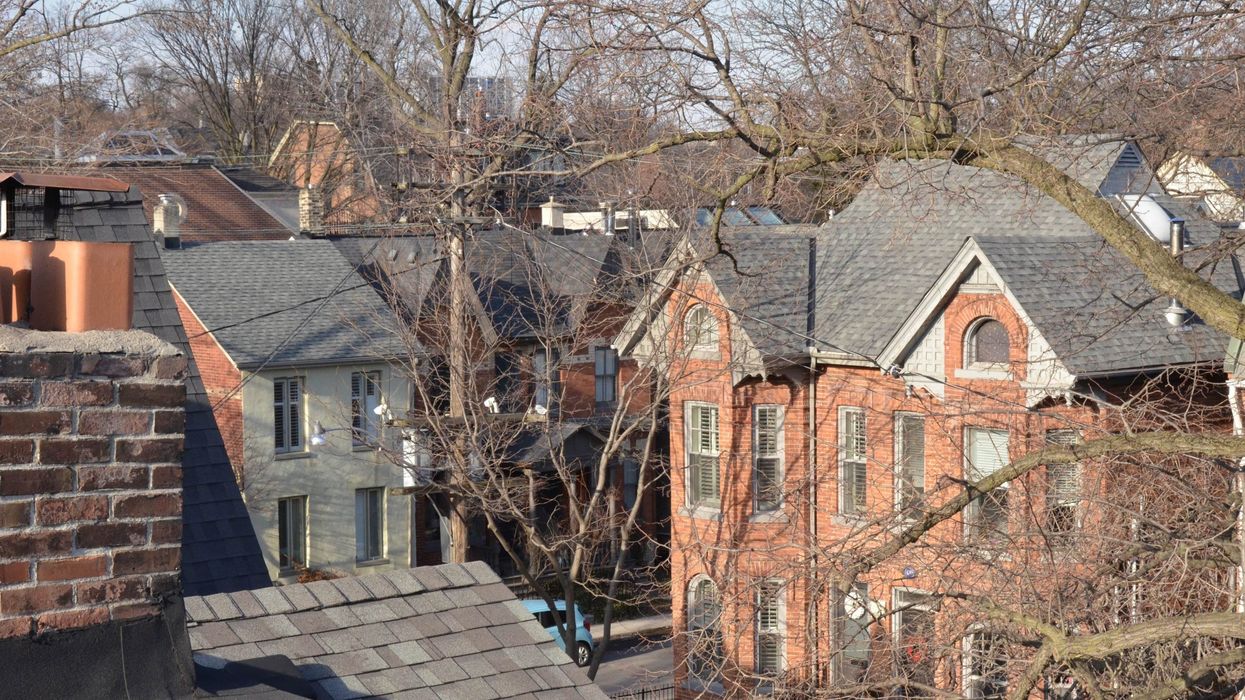The impact of rising interest rates continues to be felt in what has become an unseasonably slower spring market, with sales down on both a monthly and annual basis.
The latest numbers from the Canadian Real Estate Association reveal national home transactions came in at 42,649 in May, dropping 21.7% from the record set in the same month in 2021, and down by 8.6% from April. At the same time, new supply continues to come to market, with a total of 74,145 new listings introduced over the course of the month -- an increase of 4.5% on a monthly basis, and up 6.3% compared to last year.
According to CREA, when compounding with the larger sales drop recorded in April, monthly sales activity is now back to the pre-COVID levels seen in the second half of 2019, and only slightly higher than the 10-year average.
Easing demand and rebalancing supply is starting to be reflected in price growth; the cost for the average Canadian abode is now $711,316, down 4.6% from the previous month, reflecting a dollar amount of $36,684. While prices are still up 3.4% year over year, that growth is narrowing considerably compared to annual performance early this year.
READ: Canada Finally Out of “Bubble Market: Says Desjardins Economist
Compared to the market’s price peak in February (of $816,720), home values have fallen 12.9%, a difference of $105,404. The MLS Home Price Index (HPI) also edged down 0.8% monthly -- the second consecutive monthly decline -- though remains up 19.8% from 2021.
“May picked up where April left off, with sales activity continuing to slow and softening prices in many parts of the country,” said Jill Oudil, Chair of CREA. “Inventories are finally beginning to rebuild from record lows just a few months ago, although we still have major supply shortages almost everywhere. With all that being said, we are in a period of rapid change, but one that should settle to a more balanced housing market in time.”
In fact, homebuyers are enjoying some of the most balanced conditions seen since before the pandemic, as the sales-to-new-listings ratio (SNLR) eased to 57.5%. May's SNLR is the lowest level seen since April 2019, and close to the long-term average of 55.1%. CREA defines a range of 40-60% to be a balanced market, with above and below that threshold indicating sellers’ and buyers’ conditions, respectively. That’s down significantly from the 89% recorded in January, when the market was ensnared in an extremely steep sellers’ market.
Overall months of inventory -- the amount of time it would take to sell off all homes available for sale -- now sits at 2.7 months; still historically low, but up from the tightest-ever conditions seen six months ago. The long term average for this time of year is just over five months.
Market Is Slowing At “Surprising” Rate
However, while a market slowdown had been anticipated by housing analysts -- especially as the central bank has made it clear interest rates will continue to rise in the near future -- the pace at which the market has softened is faster than anticipated says Shaun Cathcart, CREA’s Senior Economist.
“Ultimately this has been expected and forecast for some time -- a slowdown to more normal levels of sales activity and a flattening out of prices,” he says. “What is surprising is how fast we got here. With the now very steep expected pace of Bank of Canada rate hikes, and fixed mortgage rates getting way out in front of those, instead of playing out steadily over two years, that cooling off of sales and prices seems to have mostly played out over the last two months.”
Price and Sales Forecast Revised to Reflect Slowing Conditions
Rising interest rates -- in particular, the five-year fixed cost of borrowing -- has led the national association to considerably update the forecast it last made in March for the remainder of 2022 and 2023.
“Prices have also been halted in their tracks following a record setting five months of growth between October 2021 and February 2022,” states CREA’s updated forecast.
“A critical element of the story has been the impact that discounted five-year fixed mortgage interest rate levels have had on the stress test. In April 2022 alone, discounted five-year fixed rates increased from the low 3% range to the low 4% range. The stress test is the higher of 5.25% or the contract rate plus 2%.”
READ: Today’s Mortgage Costs Have Hit 1980s Levels: BMO
CREA calculates that for fixed rate borrowers, the qualifying threshold for the stress test has moved from 5.25% to the low 6% range -- close to a 1% increase. Variable rates will now be playing catch-up over the balance of 2022. Some 568,288 properties are forecast to trade hands via Canadian MLS® Systems in 2022 -- a decline of 14.7% from the 2021 record, but still the second-highest annual figure ever.
As a result, national home sales will fall a further 14.7% this year, though still marking the second-highest year ever with 568,288 properties changing hands. Only Alberta and Newfoundland and Labrador are set to see an uptick in sales activity, which will edge down by another 2.8% in 2023.
National home prices, meanwhile, will increase by another 10.8% this year to an average of $762,386, with the largest gains seen in the Maritimes, Ontario, and Quebec. However, that growth will slow considerably by 2023, up a modest 3.1% year over year to $786,282.





















